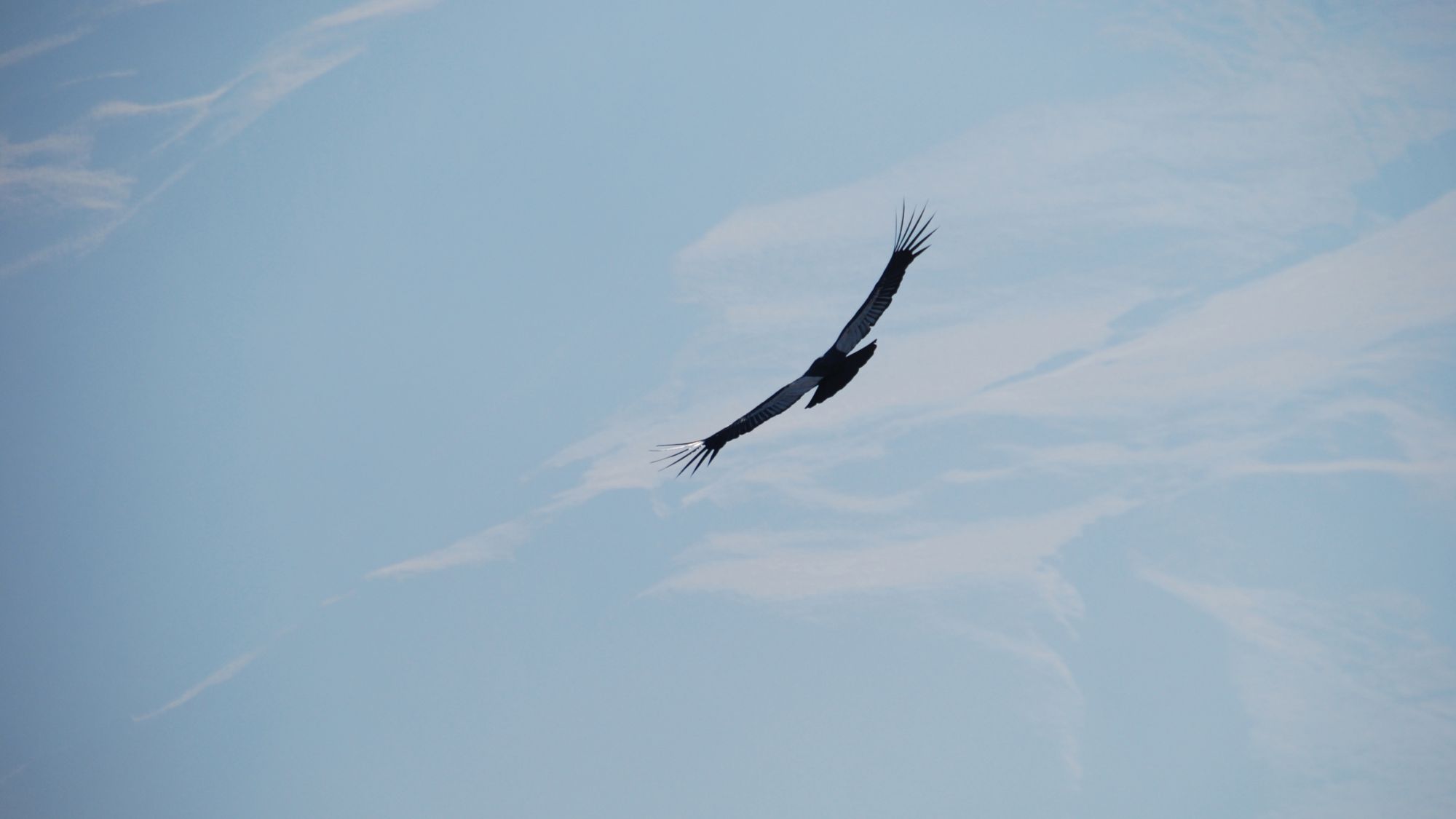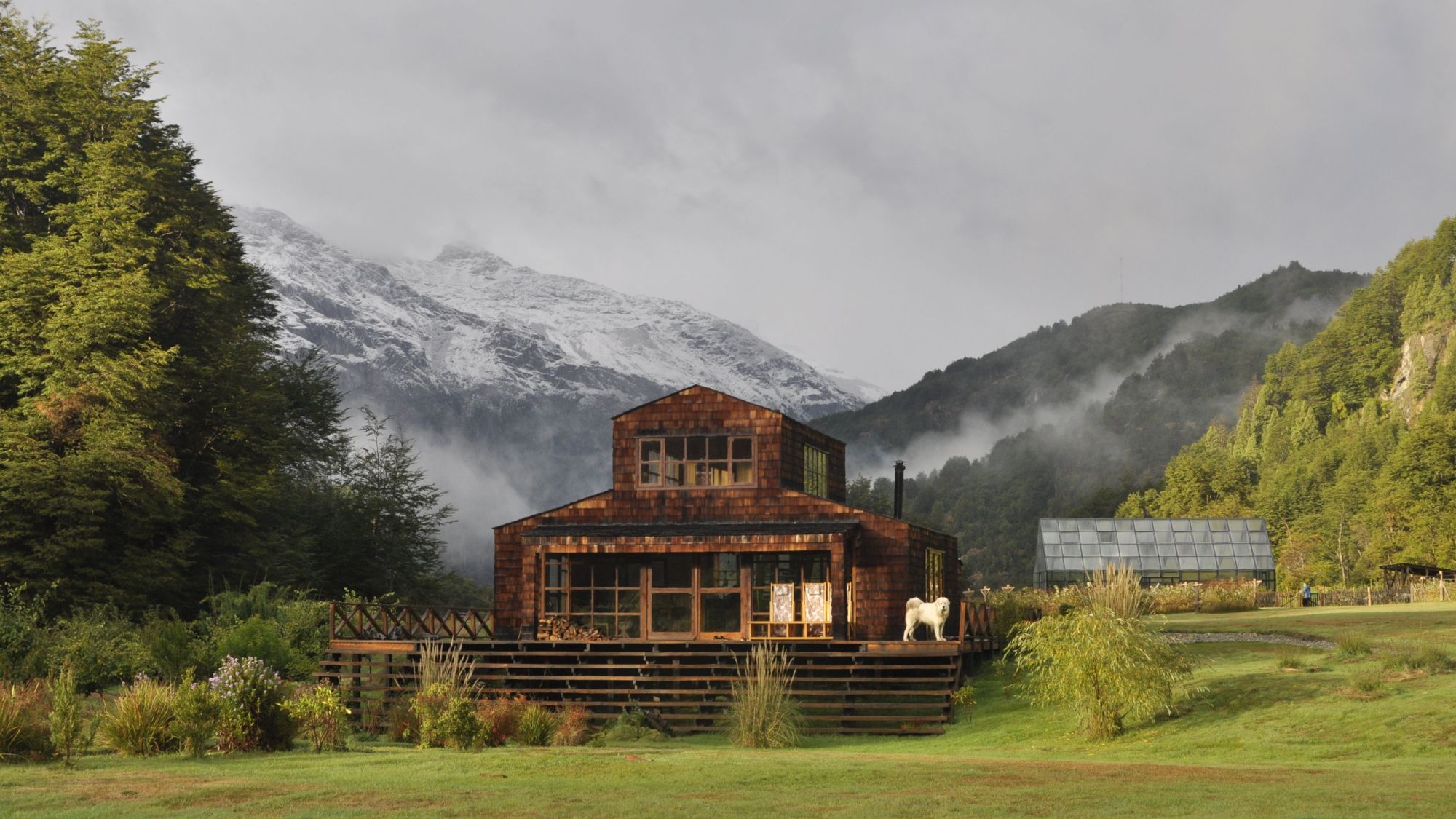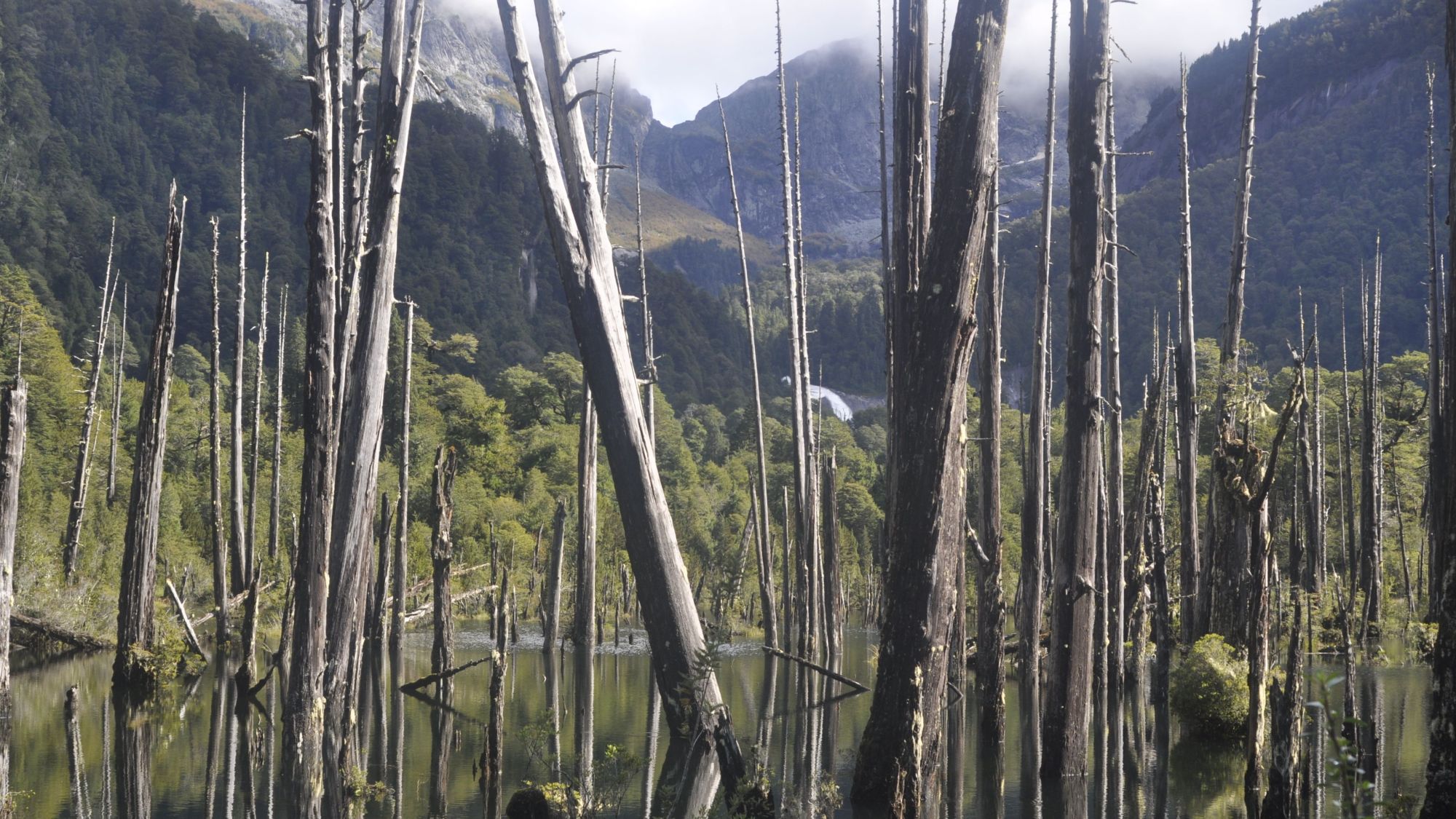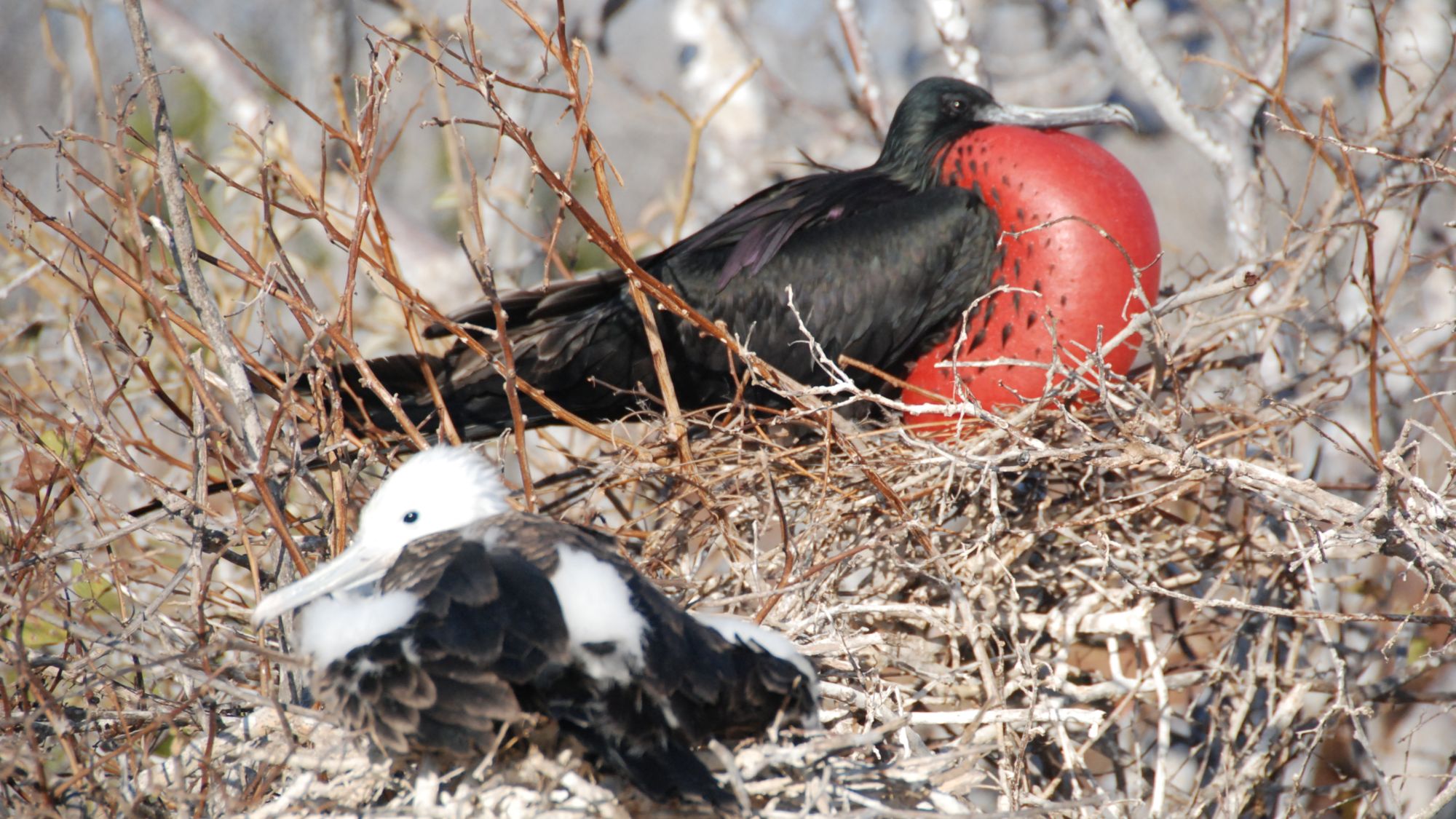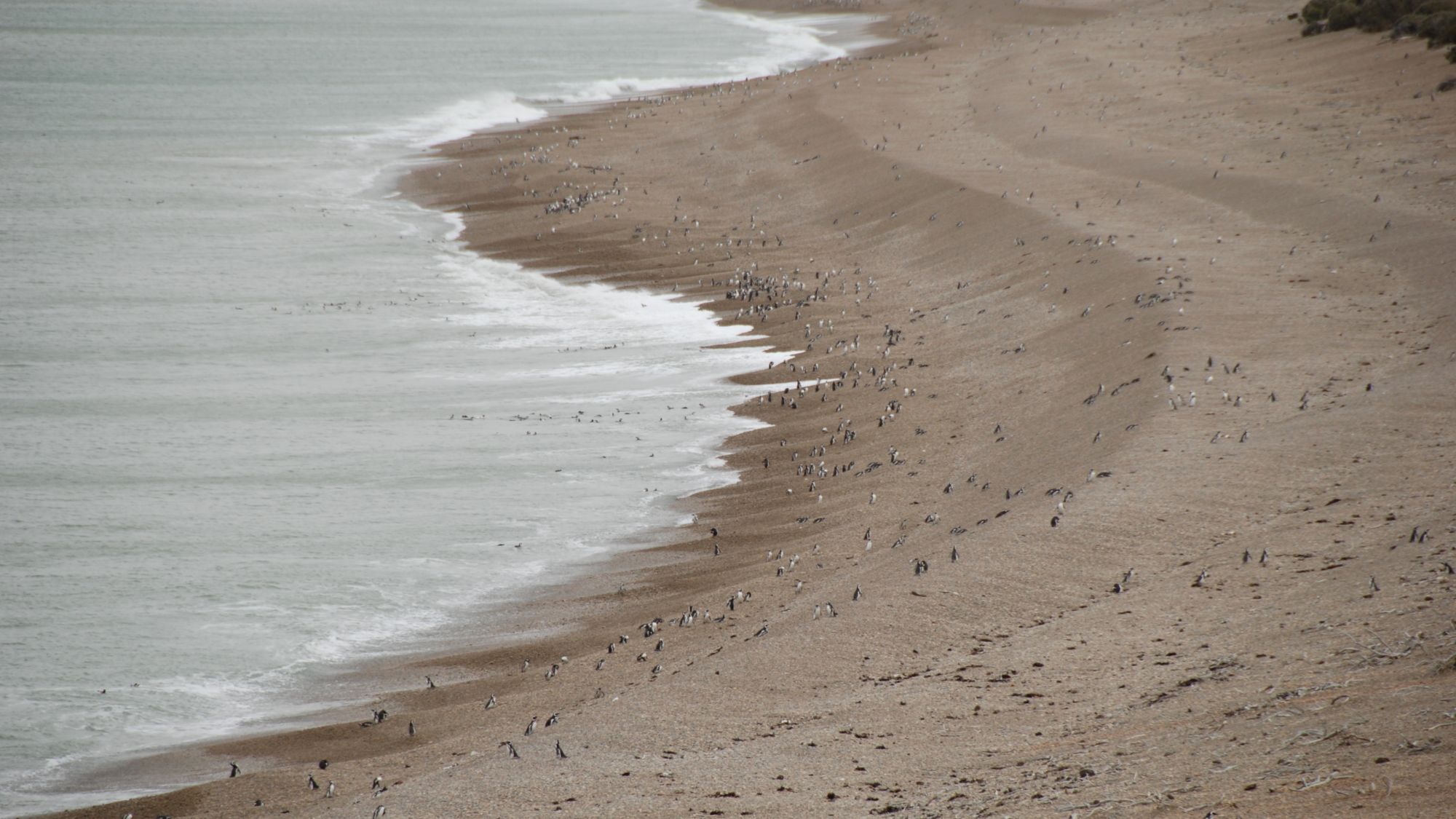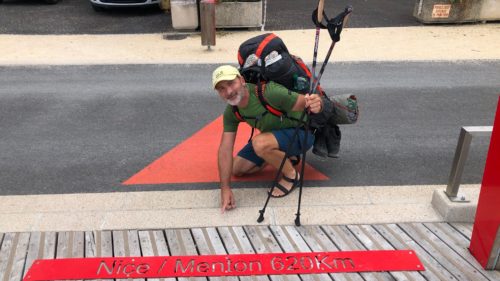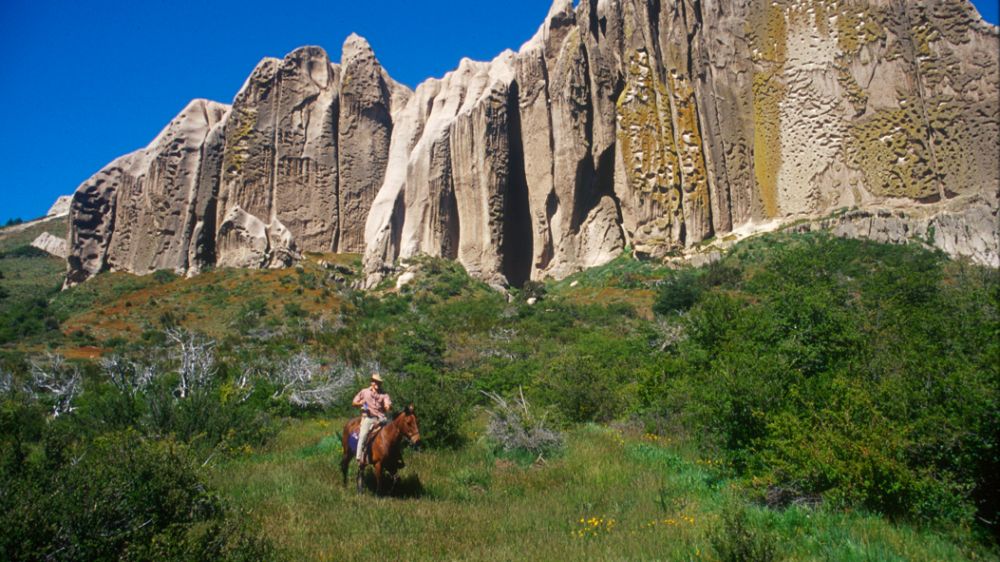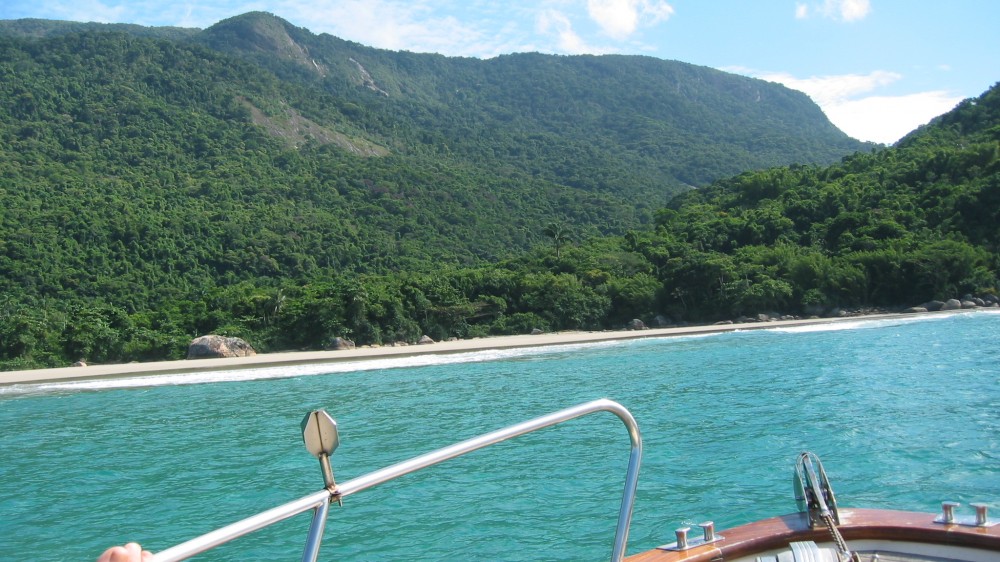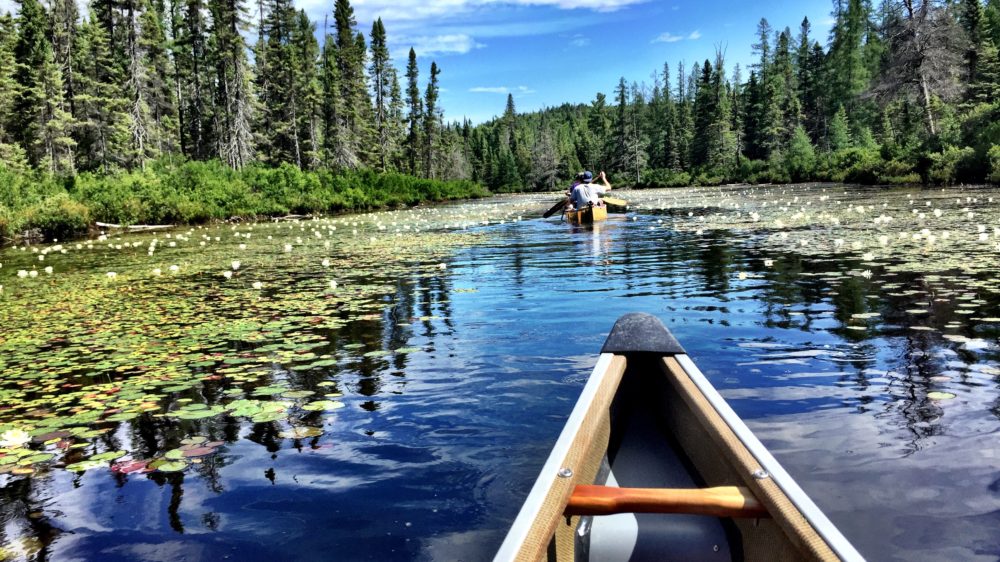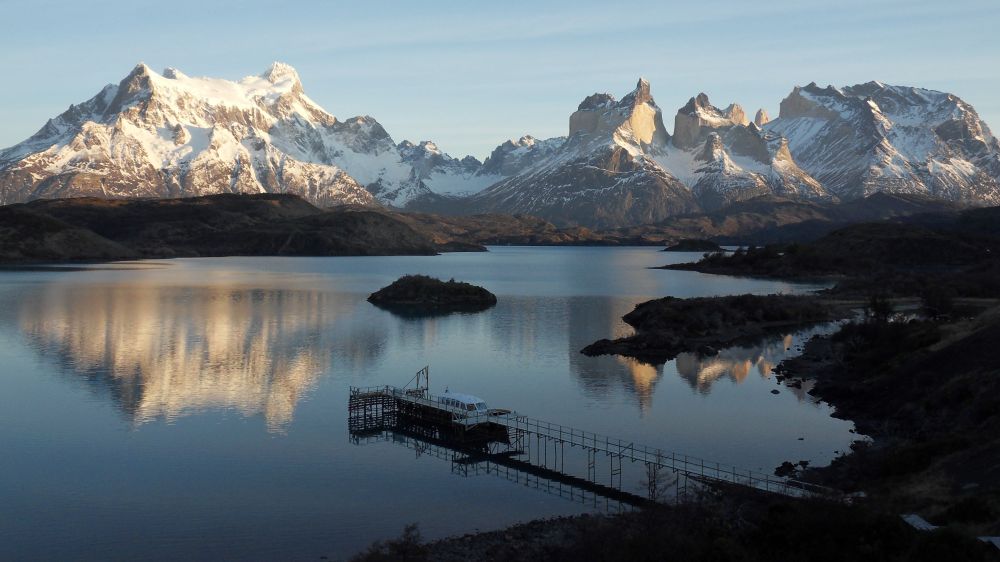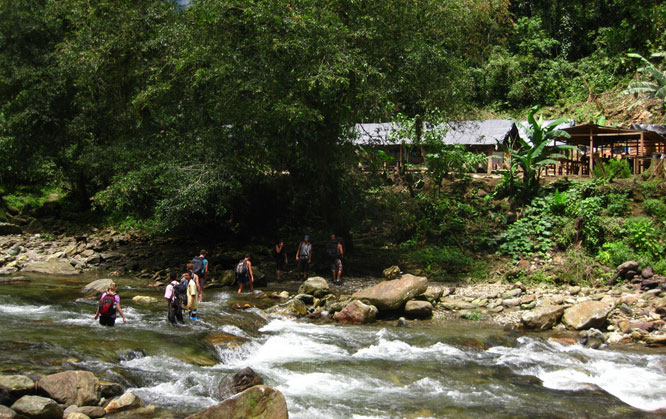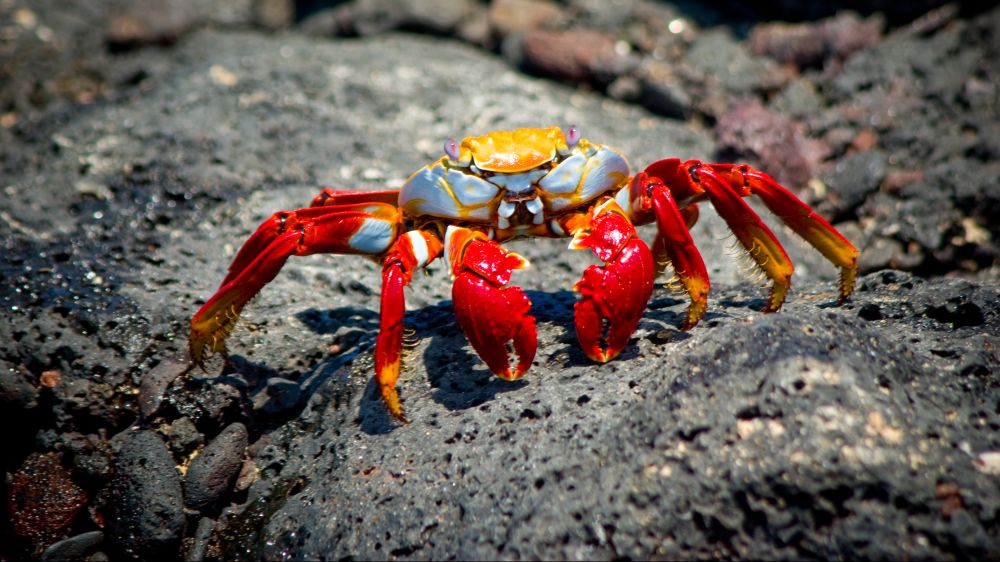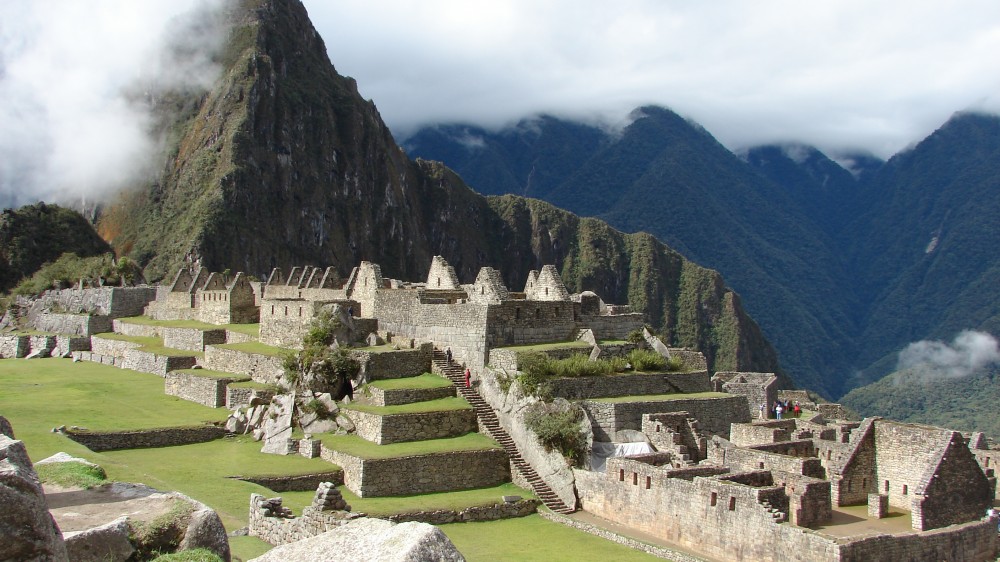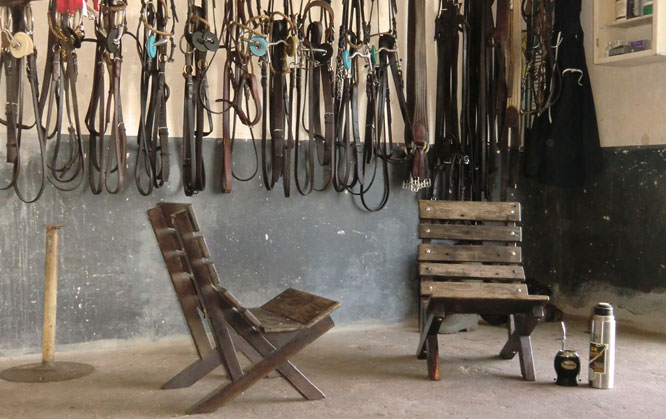Birding is Boresome and Other Myths
Let this be an ode to the non-tactile senses. To the joy of looking and seeing, the richness of listening and hearing. To being still long enough and staying put long enough to enjoy some of the world’s subtleties.
About 15 years ago, I had burrowed my way into the professional world of travel. In my glory and immersed in work that involved discovering the substratum of a place beyond the obvious, I was on the move for the better part of a decade. Combing through the nooks and crannies in South America and beyond.
Manu National Park, Peru. 2006. One of Peru’s most isolated and well-protected stretches of Amazonian territory. A world away from bustling Iquitos, the massive Manu Reserve is where scientists and biologists base themselves for studies in the wild. Manu is a full day’s travel from Cusco by land, crossing over the high Andes mountains, for an ironic descent into the clouds to the forest basin, and down to the knotted Madre de Dios River. Out there on a research trip, wading through jungle trails with foliage as thick as the enveloping humidity, I was in the Amazon for the first time. And as a result, I was on the look-out for other ‘firsts’: the epic hike, the fanged piranhas, the wild cats…
My fellow travellers on that first trip, however, were a couple of very serious ‘birders’, (Def´n: [bur-der] / noun: bird watcher, affectionately known as a ‘twitcher’) and an intensely focused ornithologist. They were creeping step by step and silently through a 3 month trip across South America, with their eyes and ears on high alert and a list of winged creatures over a thousand species deep. Were that list not literally bound in a neatly packed book, it could have marked the path behind us for a good kilometre. I recall my inward frustration with our different paces and priorities. There we stood…and kept on standing… with our guide, who was intimately aware of the conditions around us… silent… still (minus the sweat running from our foreheads)… serene (they not I)… waiting. Up. Up. Up in the canopy. Something that was shrilling, or was the correct term ‘trilling’? I had lost track. Yes, there it was. My colleagues finally identified the species by the sound pattern alone and with that they were overjoyed, communicating their silent elation with the slow broadening of their eyes and facial muscles. I had quickly understood that the slightest noise from us meant the discovery and ensuing observation could be abruptly over. Meanwhile in my world, there were more conspicuous rustles ahead in the bush. A joyful troop of monkeys that I was missing out on? Rrrrr. No doubt. But in this neck of the world, you don’t wander off alone.
Eastern Ontario, Canada. 2020. The year that ‘travel’ changes meaning from covering vast distances and unknowns, to include inter-city and inter-county movement. When for some a ‘trip’ to the grocery store changed overnight from a monotonous daily task, to requiring careful logistics or special permits. The expression of time in these last months has changed for each of us, depending on the urgency of our work, our familial situations, the political circumstances and immediate surroundings that we found ourselves bound to before systems and routines as we knew them were halted.
My front porch and garden are where, after work and other essentials, much of my view of the world has been based of late. I’ve spent many a quiet evening here, familiarizing myself with what I thought I already knew well. It began with the Robin; as usual as it is, a constant on my one acre lot. Yet consider how incredibly balanced it manages to be in spite of that barrelled belly, and how masterful on first attempt at plucking a succulent worm from just the right spot beneath the opaque ground. Then there’s the Redwing Black Bird, another proliferous part of spring here. It clings to the telephone wire and tail-bats rhythmically to counter-balance the resonation each time it clucks. I’ve always been drawn to the off-beat. A sparrow I realized, stops everything else when it sings, every finite part of this teaspoon of a bird; beak, belly, wings, nape (savvy birding term I learned for back of the neck) contribute to billowing out its theme.
Then the oddities began to arrive – or perhaps it’s just that I began to notice them; the Rose Breasted Grosbeaks were startling on the bare branches back in April, the Red-Bellied Woodpecker announces arrival by drumming its noggen on the telephone pole – reminding me that sometimes there is progress in repetition; the Northern Flicker and its confrontational dance, the Oriole, Ruby Throated Humming Bird. Ahhh! And just yesterday the completely unexpected Cedar Waxwing, lured for only an instant by the honey-suckle vine and its fragrant pollens. Regardless of spending half my life in this part of the world, it’s a creature with markings I’d never noticed before. Staying put has hurled open my conceived parameters of the environment around me. In contrast with my own stillness, it’s teeming with movement and activity, social and conjugal drama. Ripe for observation.
Research trips, vital to good trip planning, have come to a halt. With that said, I don’t like to think of my ‘should have been’ April travel to Argentina and Uruguay as corroding with rust during this time. Even more valuable now are the layers that exist in each place on the map of that plan and the contacts established. I contemplate even more the possibility to move less and experience more with each journey.
I’ve had the pleasure of taking human flight in a dream once in my life (that I can recall). I awoke with a feeling of liberty that remains a reference of possibility to this day. Imagine the freedom if our sole anatomy allowed us to take to the currents, to soar if but short distances to see our surroundings from a different point of view? And if travel for exploratory purposes is a metaphor for how humans can achieve this, what about approaching this discovery through carefully paced travel? What of pausing, of staying a little longer in each nook and cranny to give time for both the obvious and the obscure?
When I do return to Argentina, as planned I’ll head to Mendoza to reconnect with our friends there, to see how the road and trail conditions are in Aconcagua National Park, to meet with the who of the ever-budding wine industry. I’ll also dedicate an extra couple of days to meet with Andres, our birding guide, a fine character who has built his life around studying the birds of his province in places overlooked by visitors and locals alike; the Llancanelo Lagoon, Villavicencio Reserve, Tunuyan River or the Carrizal dam. Later, in Iguazú Falls, beyond the obvious, I’ll set aside time to travel by foot and paddle in the surrounding vastness of Atlantic Rainforest and the Paraná River with the flora and fauna that fuse them. I’ll plan time to reach Los Esteros del Ibera, Argentina’s expanse of wetlands and most understated realm of wildlife, to float on the lake and wait… silently… for a sighting of a long-footed marsh deer that may never come.
I wouldn’t say that I’ve come full circle since my primary visit to the Amazon…the learning continues rather than concludes. But I have realized that there’s much to be gained from time to time, by applying the characteristics of good birding to life and travel; quietude, mindful movement and balancing good listening and thoughtful observation with conclusive reaction.
When she’s not watching the world from her nest in rural Ontario, Nancy is poring over maps of South America which despite her modesty she has slowly and observantly become acquainted with over the years. You can contact her here for her list of great locations from which to go birding… or other forms of immersion.
